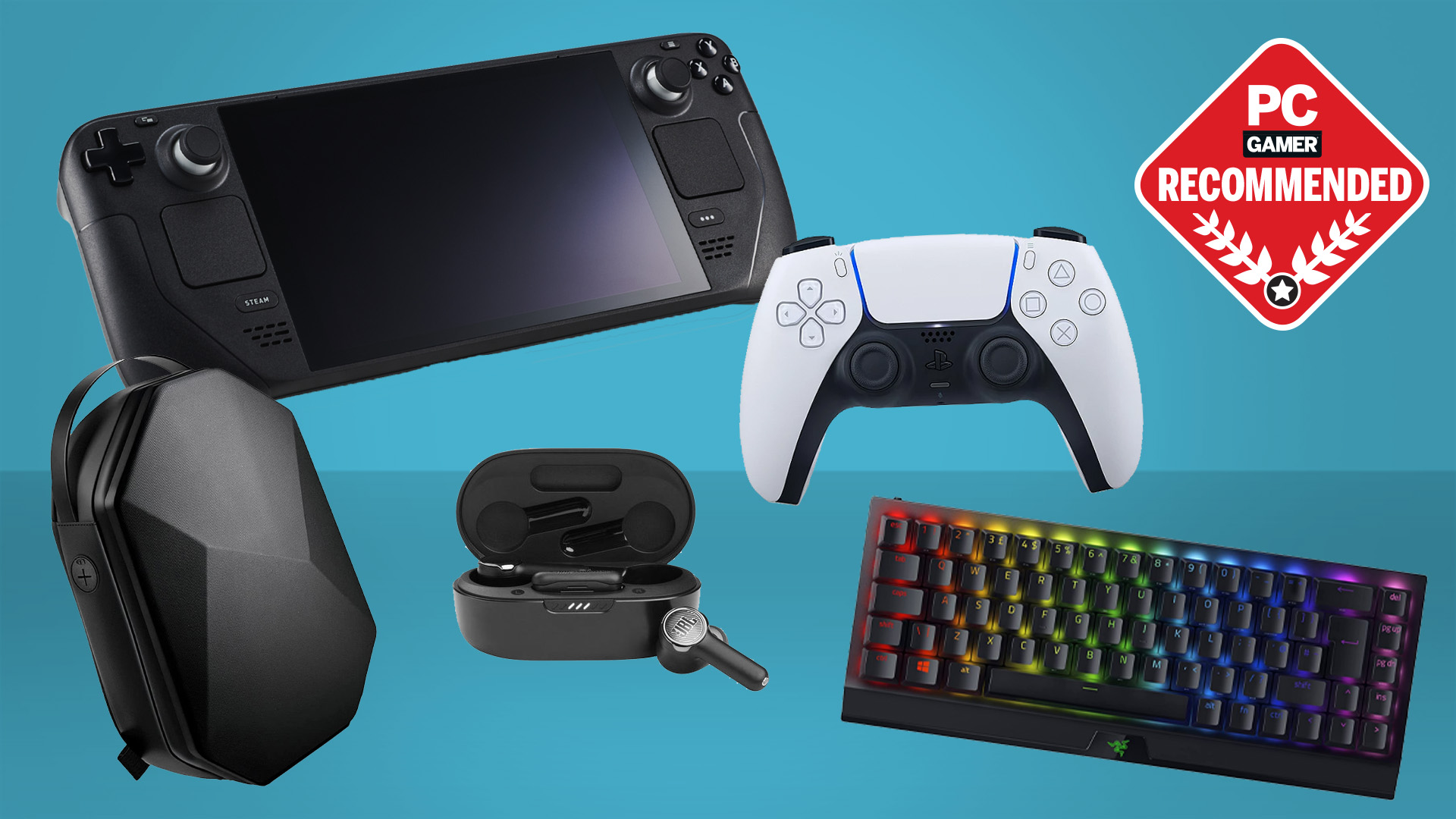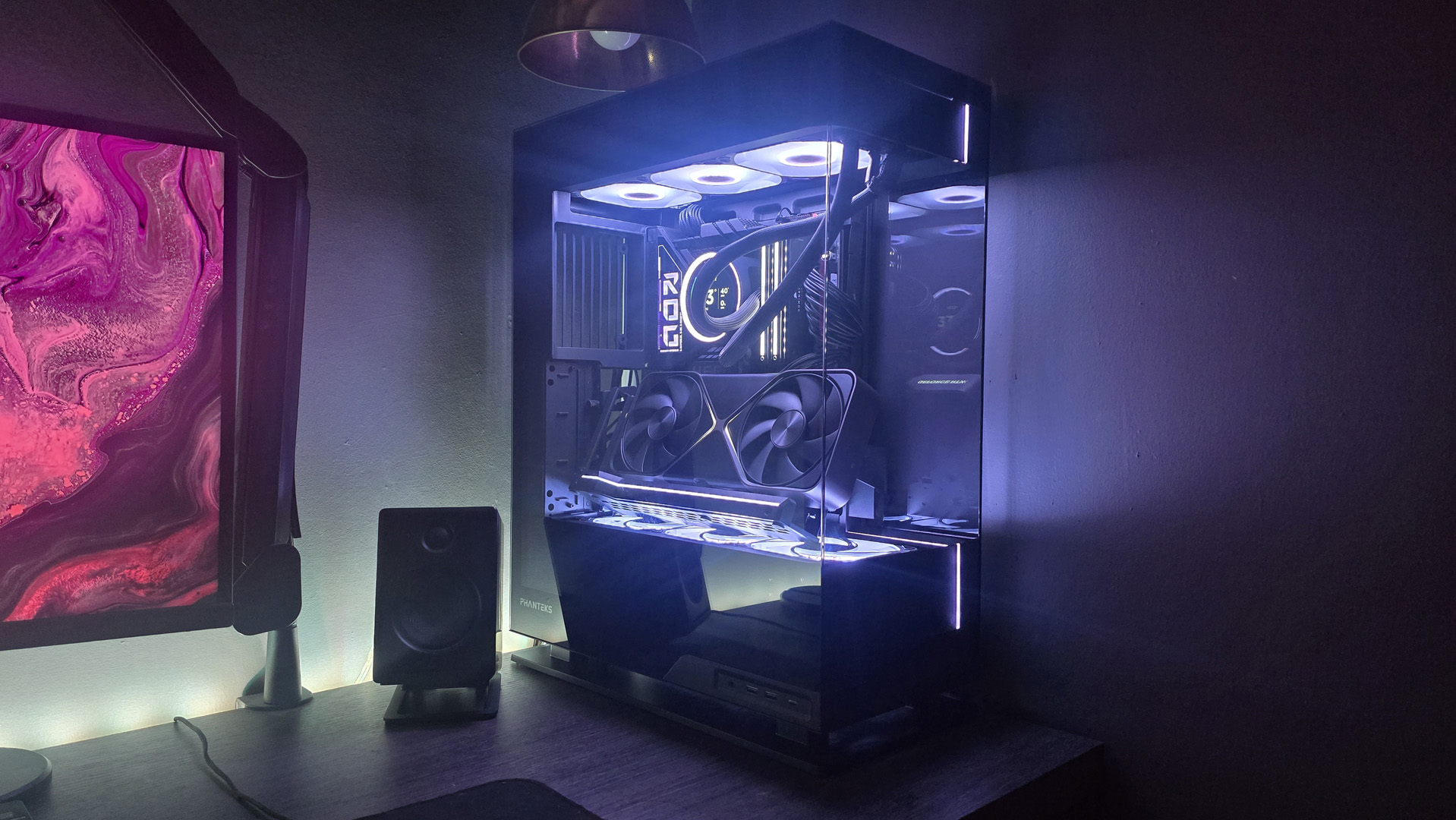Bayonetta PC port analysis: Durante's verdict
Durante puts Bayonetta to the test at 60 fps and finds it to be the definitive version of the game, with a couple small quirks.

Peter "Durante" Thoman is the creator of PC downsampling tool GeDoSaTo and the modder behind Dark Souls' DSfix. He has previously analyzed PC ports like Dark Souls 3, written an open letter to PC developers, and more.
After a long period of teasing more ports, SEGA delivers with Bayonetta, a critically acclaimed fan favorite. Over seven years between the original release and this port bring to mind the late—but nonetheless highly successful—porting of Valkyria Chronicles a few years back. Can SEGA repeat that success? Only time will tell, but in the meantime I’ll give you a quick look at what you can expect from the porting effort.
In short: it’s good, but with some curious idiosyncrasies.
Graphics and settings
Upon initially launching the game, it surprised me by choosing 5120x2880 as its resolution, the highest available DSR option on my system with a 2560x1440 native monitor. Well, at the very least this confirms no resolution locking right off the bat. The second surprise was the graphics options menu. It featured quite a few choices, and also a video memory usage bar which is still a rarity in games.

Most of these settings work like you would expect them to. Resolution does set the native rendering resolution (and as far as I can tell allows arbitrary resolutions), display mode includes fullscreen, windowed, and even a borderless windowed fullscreen setting, which is commendable. Texture quality and filtering noticeably impact the quality of textures, and shadow quality varies the quality of realtime shadows all the way from atrocious to pretty decent. I had to check back, and apparently the low setting is an exact match for what the game used in terms of shadow resolution in its console releases. How far we’ve come.

There is also a HDR on/off setting (not pictured in the options image above), which of course is not the output setting that is currently all the rage but rather seems to affect light bloom behaviour. Additionally, an AO effect can be set either off or at varying quality levels, and V-Sync can be toggled on and off as well.

All of this is good, but as I pointed out earlier there are some idiosyncrasies—and they all go back to the graphics options menu.
The biggest gaming news, reviews and hardware deals
Keep up to date with the most important stories and the best deals, as picked by the PC Gamer team.
- First of all, the MSAA setting appears to do absolutely nothing, at least on my PC and with the pre-release build I had access to. There is no impact to either the rendered image or performance regardless of the setting, despite it going all the way from “none” to “16x” (!). This is consistent even when restarting the game.
- Secondly, the VRAM usage shown in the menu does not seem to have any strong correlation with reality. Most strangely, it increases with higher levels of texture filtering, even though texture filtering (beyond basic mip-mapping, which even the lowest setting includes) has no impact on the amount of memory used.
- Finally, while it is very admirable that you can change all settings while in-game, changing the resolution in some combinations results in an off-by-half-a-pixel rendering issue which blurs the whole image. This is easily rectified by restarting the game though.
None of these issues are game breakers by any means, and may be bugs left in the not-quite-final code provided by Sega, but I do hope they are ironed out. Meanwhile, in the absence of MSAA, it becomes very interesting to see how performance holds up since we might want to use downsampling to clean up the image quality.
Performance
Let’s get the negative points out of the way first: the gameplay is locked to 60 FPS, and in-engine cutscenes run at 30 FPS. That said, frame-pacing was very good in both of these scenarios, which means that frames were rendered and presented in consistent time intervals. As a result, the gameplay felt smooth throughout my testing, unlike some games which might also achieve 60 FPS but still feel stuttery due to inconsistent frame-pacing.
Overall performance was excellent on my system—as it should be, since it features a GTX1080 and Intel Core i7 5820k processor. Still, the GPU and CPU usage numbers I observed with various settings indicate that the game’s system requirements should fit in well with what you would expect from the last-gen port that it is.

Between the frame rate lock and the good performance, what this means for those with higher-end systems is that they can easily fall back on downsampling to push the game’s image quality further. As such, the rather ridiculous 5120x2880 resolution initially selected by the game is in fact the best choice on my GTX 1080.
PC Gamer also tested Bayonetta on a mid-range PC with a Core i5 CPU and a GTX 970, and never saw the framerate drop below 60 fps on high settings at 1080p. Another system running a Core i5 4690K CPU and an R9 Nano likewise performed without a hitch.
Input and miscellania
While the character action game genre is one of the few I personally would rather play with a controller than mouse and keyboard, the developers deserve credit for doing a good job of supporting the default PC input method.

Menus can be navigated using the mouse, and prompts for both keyboard/mouse and controllers are implemented and selected automatically. All actions can be mapped to two different simultaneous bindings (I’d like to think someone read my article), and mouse buttons as well as the mouse wheel can be bound. Only 3 mouse buttons that is, but I guess you can’t win them all.
As a general UI remark, I’d like to note that I really appreciate the inclusions of high-res fonts and glyphs. This is something which is really rather simple to accomplish and yet is missing in many older ports from 720p and lower platforms.
Conclusion
From my short time with a pre-release version of the game, Bayonetta on PC looks to be easily the definitive way to play the game, and a strong port all around. Basic graphics options expectations are fulfilled, a solid 60 FPS should be achievable over a variety of systems, and default PC inputs are supported.
While the VRAM indicator is a bit curious and MSAA currently appears to be non-functioning, due to the reliably speedy performance and arbitrary resolution support these drawbacks are rather easy to overlook and, to some extent, mitigate.

